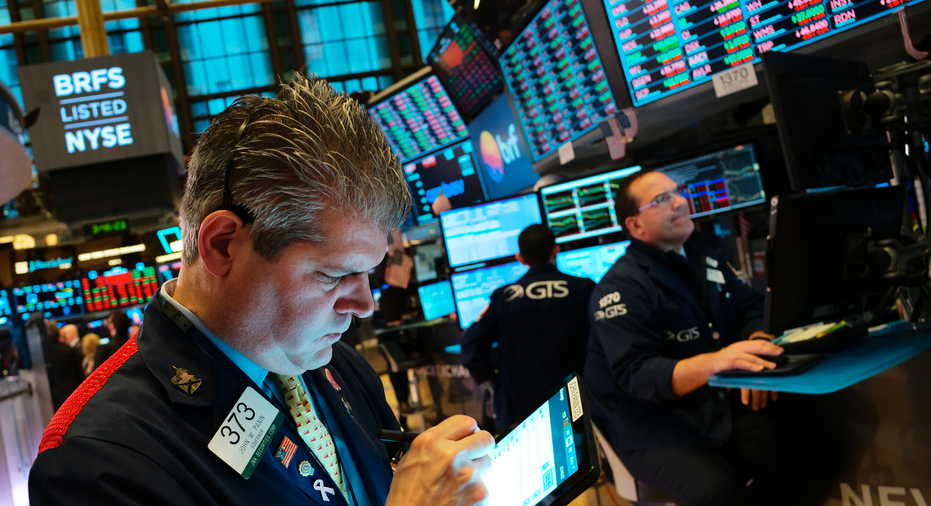1Q Earnings Wrap: When nothing is better

NEW YORK – Behold the power of low expectations.
Nearly all the companies in the S&P 500 have said how much profit they made in the first three months of the year, and growth looks to be close to nil. That's usually a frightening thing for investors because stock prices tend to follow the path of corporate profits over the long term.
But zero is welcome when the expectation was for something much worse. Coming into this earnings reporting season, Wall Street was forecasting a drop of roughly 4% in S&P 500 earnings per share. Investors never want to see a sustained decline in earnings, particularly not when the economy is this deep into an expansion.
With the economy roughly a decade past its last recession, investors worry whether the last phase of a typical business cycle is approaching, when not only profits are falling but also price-earnings ratios, which measure how much investors are willing to pay for each $1 in profits. In this last part of the cycle, the S&P 500 has seen an average annualized decline of 24%, according to UBS.
So without the parade of earnings reports the past few weeks that were better than expected, the S&P 500 likely would have dropped even more than it has on worries about the escalating U.S.-China trade war.
Now, investors are looking to how strong earnings growth will be in the later parts of 2019, and Wall Street is getting less pessimistic. After slashing their profit forecasts for S&P 500 companies for months, analysts no longer see things getting so dire. "The earnings revision pendulum is finally stabilizing after a brutal" first quarter, Jefferies strategists wrote in a recent report.
At Marriott International, for example, Stifel analysts raised their forecast for earnings per share this year to $6.16 from $6.09 after the company upped its own outlook. This week has been the first of the year where more Wall Street analysts have raised their forecast for Marriott's 2019 earnings than cut them.
For S&P 500 companies, analysts say earnings may still dip in the second quarter, but they expect growth to return in the third quarter and ramp up to roughly 7% in the final three months of the year, according to FactSet.
Much of that, though, rests on the expectation that the United States and China will eventually find a resolution on their trade dispute. The world's two largest economies have gone back and forth with tariff announcements, and the worry is that the trade war will convince businesses and households to hold off on spending. That would knock down revenue and profits.
Until then, investors have to wait to see if their expectations of the ability of U.S. and Chinese leaders to strike a deal are too low, or too high.



















